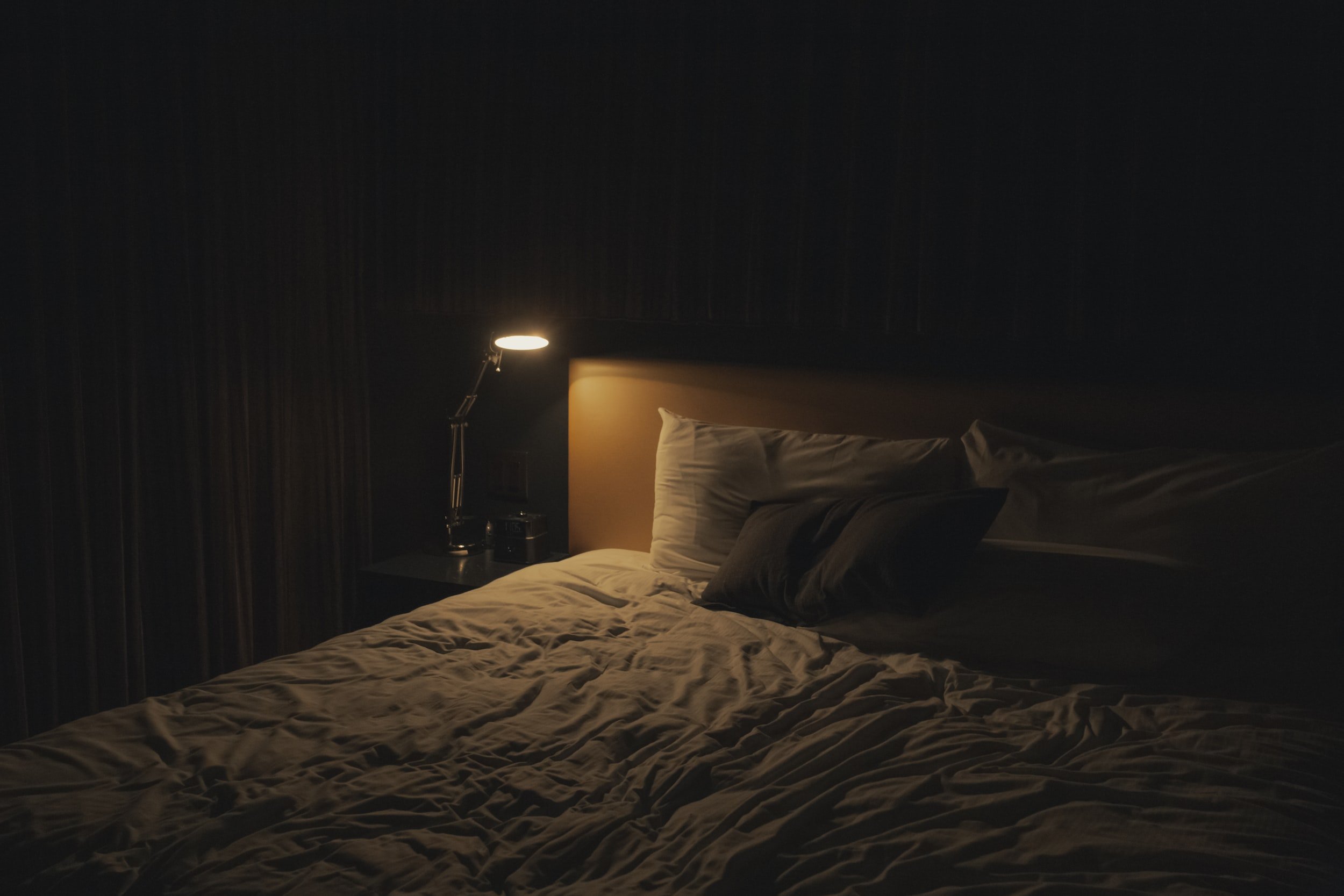How to Create a Hierarchy of Obsession Triggers: Intro to OCD Treatment
At Kairos Wellness Collective, each clinician has an individual style to achieve the same result: effective and timely OCD treatment so that clients may move on with their lives unfettered by intrusive thoughts, compulsions, and maladaptive behaviors. Many treatment modalities exist for OCD work, including ERP, iCBT, and ACT.
At Kairos, we work to fuse these outstanding techniques, and draw from comparative strengths in each approach based on the client’s needs.
OCD treatment is predicated on incredible self-awareness and effective clinician-client communication. In early sessions with every client, I create a google journal that will eventually provide the framework for our work together.
We list out obsessions, worries, phobias, compulsions (mental and physical), and intrusive thoughts. Making the distinction between the categories is not critical, but rather amassing the full picture of the individual’s inner life.
We might add another section that accounts for the concerns of others, such as family members, regarding our behavior or mental health. Sometimes a parent might believe a behavior to be compulsive, whereas the individual finds this same aspect of their lives to be positive or at least, unproblematic. The “Family Concerns” section usually ends up being a combination of incorrect assumptions, parental over-concerns, and ego-syntonic OCD behaviors. Ego-syntonic OCD is OCD which the individual feels is actually preferable and in line with their values – which does not necessarily mean that it is healthy.
Once we have this OCD thoughts and behaviors list, which usually takes several sessions of mutual engagement to complete, we begin to rearrange the Obsessional Triggers in accordance with their degree of difficulty to combat.
Clients will put many caveats around their triggers, which can be added to the document and broken down into subcategories for the hierarchy. The following is an example of a Fear Hierarchy for Obsessional Triggers for a child:
Sleeping in the dark
Walking outside alone
Parents leaving her home alone
Sleeping alone at night
Getting a bad grade
Getting Jealous of Sister
Speaking in front of a group
Getting sick
Car accidents
Someone Breaking in
Once we have this Fear Hierarchy, we will start by creating 3-4 challenges, imaginal, in-vivo, and in session, for the lowest fear on the hierarchy, Sleeping in the Dark An example would be:
Write a vivid description of sleeping in the dark.
Watch a clip where a character is sleeping in the dark and hears noises.
Practice being in the dark at night for 5 minutes at a time, until comfort increases.
Spend 1 hour in a dark room.
With these exposures, the client will gain more and more confidence in combating the OCD, and will steadily begin to regain control over behaviors and reactions.
To learn more about our OCD treatment, please contact Kairos Wellness Collective Today.

